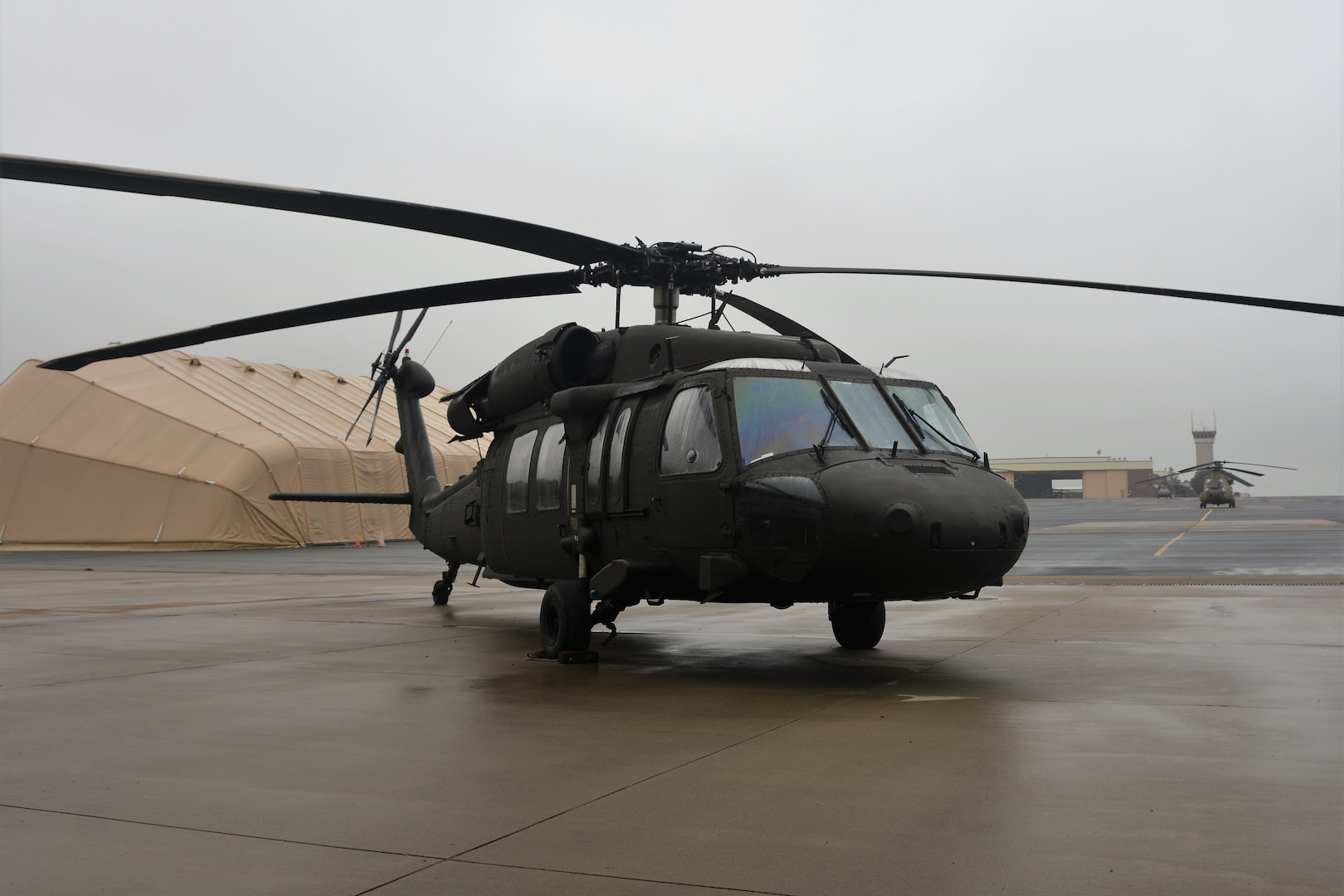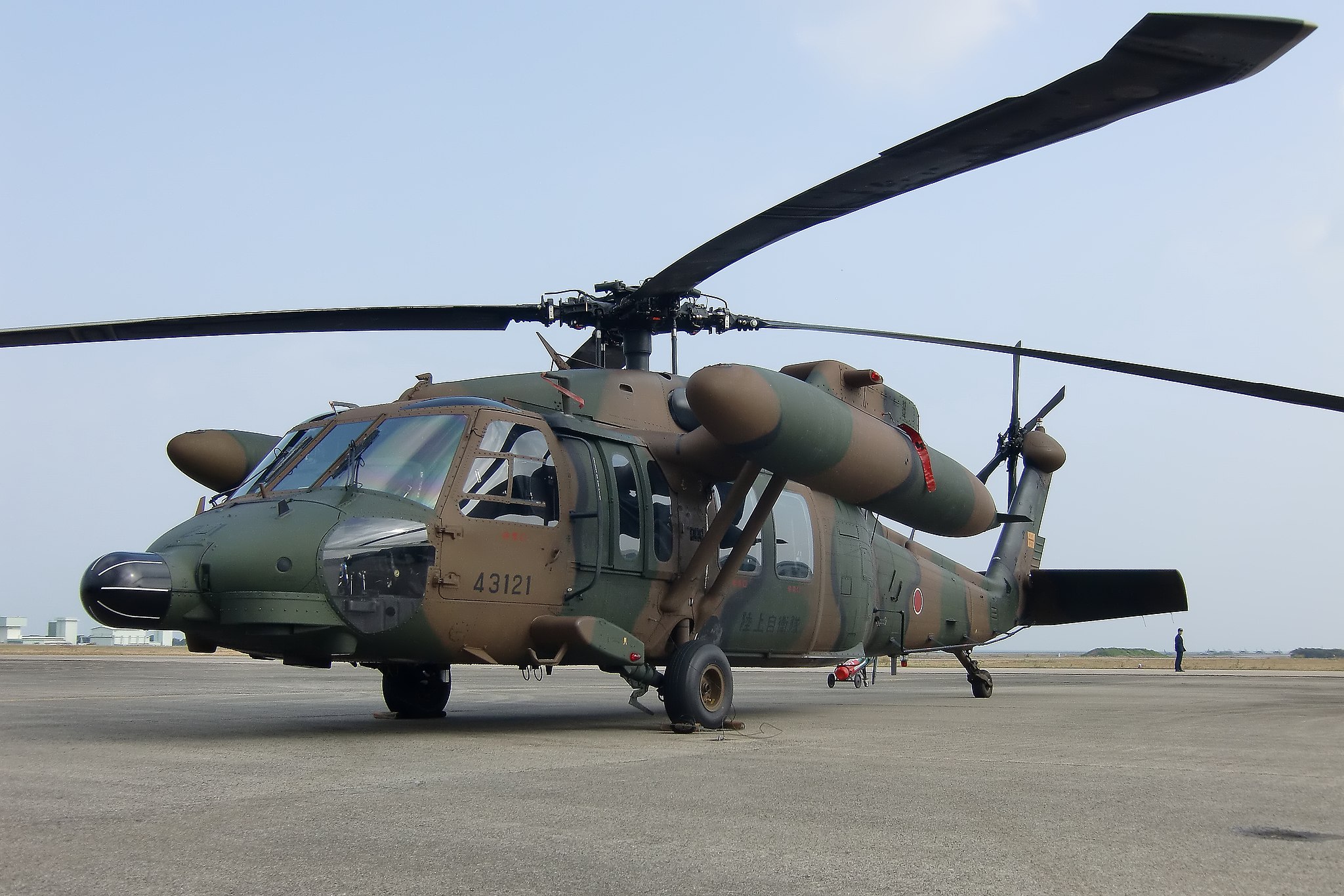Discover the Versatility and Toughness of the UH-60 Blackhawk Helicopter
Discover the Versatility and Toughness of the UH-60 Blackhawk Helicopter
Blog Article
Comprehensive Summary of the UH-60 Blackhawk Helicopter
The UH-60 Blackhawk helicopter, a hallmark of modern-day army aeronautics, has actually played an indispensable role in diverse operational theaters because its introduction in the 1980s. As we explore its elaborate history, style specs, and technological developments, it ends up being obvious that the Blackhawk's influence expands far past the battleground.
History and Development
The UH-60 Blackhawk helicopter has regularly been a foundation of U.S. military aviation since its introduction in the late 1970s. Created by Sikorsky Airplane, the Blackhawk was created to satisfy the Army's requirement for a versatile energy helicopter that can do a series of missions in various settings. UH-60 Blackhawk. The advancement process began in 1972, with the initial model flying in 1974
Its operational launching came throughout the 1980s, where it was rapidly recognized for its agility, capacity, and speed to deliver troops and freight successfully. The Blackhawk's performance in the 1983 Grenada intrusion and subsequent procedures strengthened its credibility as a reliable workhorse for the united state Army. For many years, the helicopter has undergone many upgrades and variations, adjusting to evolving army needs, consisting of the addition of innovative avionics and weapon systems.

The Blackhawk's layout has likewise advanced to serve different branches of the military and allied forces, showcasing its flexibility. Today, it remains an essential part of U.S. armed forces procedures and proceeds to be a preferred option for rotary-wing aeronautics across the globe, showing its long-lasting legacy and continuous importance in modern-day warfare.
Design and Specs
Engineered for efficiency and versatility, the UH-60 Blackhawk helicopter features a robust style that boosts its functional capacities. The airframe is constructed mainly from aluminum alloys, offering a balance of stamina and weight performance. With a size of 64 feet and a blades size of 53 feet, the Blackhawk is designed to accommodate a variety of objectives. Its optimum launch weight is around 22,000 extra pounds, allowing it to lug significant hauls.
The helicopter is powered by two General Electric T700-GE-701C engines, each delivering 1,800 shaft horsepower, which ensures high degrees of integrity and efficiency in varied atmospheres. The rotor system is a four-blade, fully articulated layout that permits exceptional ability to move and security, even in damaging conditions.
In Addition, the UH-60 includes innovative avionics and flight control systems that enhance situational recognition and pilot control. The cabin is made for fast reconfiguration, permitting it to support different goal profiles, from troop transportation to clinical evacuation. In general, the design and requirements of the UH-60 Blackhawk demonstrate a commitment to functional excellence and adaptability in the area.

Goals and roles
With its robust style and progressed capabilities, the UH-60 Blackhawk helicopter serves a wide variety of duties across various armed forces procedures. Initially developed for troop transport, the Blackhawk has actually advanced to perform a broad variety of goals, including medical discharge, search and rescue, and logistical assistance. Its versatility allows it to operate in diverse atmospheres, from metropolitan landscapes to sturdy surfaces.
In fight circumstances, the Blackhawk is essential for placing and drawing out unique procedures pressures, supplying them with the flexibility required to implement their goals properly. Additionally, the helicopter can be outfitted with advanced interaction and avionics systems, boosting its duty as a command and control system in vibrant fight scenarios.

Technological Improvements
Incorporating advanced innovations has actually considerably improved the efficiency and capabilities of the UH-60 Blackhawk helicopter. The consolidation of sophisticated avionics systems, consisting of digital flight control and improved situational understanding display screens, has improved pilot navigation and decision-making in complicated settings. These systems enable real-time data processing, helping with far better interaction and control throughout missions.
Furthermore, the Blackhawk's airframe has gone through considerable upgrades, making use of composite products that lower weight while increasing structural integrity. This modification adds to improved gas effectiveness and functional variety. The helicopter is likewise furnished with innovative propulsion systems that give higher power and reliability, guaranteeing optimal performance in diverse problems.
Additionally, the assimilation of modern-day sensors and weapon systems has actually increased the Blackhawk's adaptability. Enhanced targeting capacities and progressed threat discovery systems enable reliable interaction in combat scenarios, explanation enhancing objective success rates.
International Effect and Legacy
The UH-60 Blackhawk helicopter has actually made an extensive impact on humanitarian initiatives and armed forces procedures worldwide considering that its introduction in the late 1970s. Its convenience and advanced technology have actually enabled it to offer in various duties, including army transport, clinical evacuation, and logistical assistance (UH-60 Blackhawk). The helicopter's performance in fight scenarios has actually redefined aerial flexibility, allowing pressures to respond swiftly and efficiently to vibrant battlefield problems
Globally, the Blackhawk has actually been released in various problems, from the Persian Gulf to the Balkans, showcasing its adaptability to diverse environments. Its function in altruistic missions, such as catastrophe alleviation and search-and-rescue operations, has additional strengthened its reputation as a trustworthy asset in crisis circumstances.
The heritage of the UH-60 extends beyond its army applications; it has actually also influenced helicopter style and functional doctrine worldwide. Its success has triggered various other countries to create similar aircraft, improving worldwide aeronautics standards and operational capabilities. As the Blackhawk remains to progress with modern-day upgrades, its impact on both military and private aeronautics continues to be substantial, ensuring its place in history as one of the most iconic helicopters of its time.
Conclusion
The UH-60 Blackhawk helicopter stands as a testament to innovative design and functional armed forces application. As a result, the Blackhawk has left an enduring mark Get More Info on armed forces this air travel, influencing future helicopter layouts and redefining tactical techniques across the globe.
The UH-60 Blackhawk helicopter, a characteristic of modern-day armed forces aviation, has actually played a vital function in diverse functional movie theaters since its intro in the 1980s - UH-60 Blackhawk.The UH-60 Blackhawk helicopter has regularly been a keystone of United state military aeronautics considering that its introduction in the late 1970s.Engineered for efficiency and flexibility, the UH-60 Blackhawk helicopter includes a robust design that improves its operational capacities.With its robust layout and advanced capacities, the UH-60 Blackhawk helicopter serves a plethora of functions throughout different military operations.The UH-60 Blackhawk helicopter has actually made a profound influence on humanitarian initiatives and army operations worldwide because its introduction in the late 1970s
Report this page